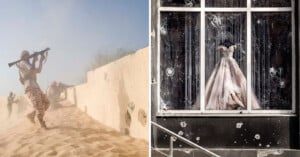
Photojournalist Gabriele Micalizzi Gets Up Close and Personal to War
Photojournalist Gabriele Micalizzi's first exhibition is now open in Milan, Italy, at the renowned 29 Arts in Progress gallery.

Photojournalist Gabriele Micalizzi's first exhibition is now open in Milan, Italy, at the renowned 29 Arts in Progress gallery.
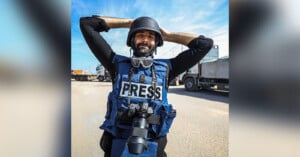
A Palestinian photographer who rose to fame for his raw imagery from inside Gaza has reflected on his new-found celebrity since being evacuated from his war-stricken home.
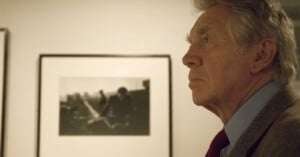
Iconic war photographer Don McCullin has given a thought-provoking interview to Vanity Fair in which he wonders what the point of photography is in conflict zones.

The photography collective Magnum Photos issued a statement Tuesday calling for an end to the killing of journalists and media workers in Gaza and the surrounding areas.
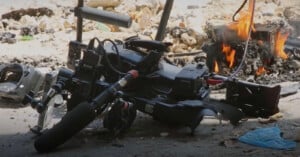
A TV crew working in the occupied West Bank was apparently targeted by Israeli forces who fired at a camera -- shooting it into a flaming wreck.
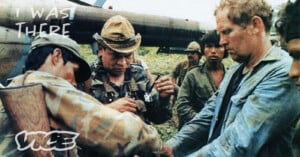
A photographer has told the extraordinary story of how a single photograph he took exposed a CIA coverup in Nicaragua -- proving the Reagan administration was illegally supplying rebels.
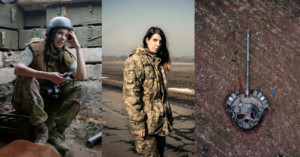
Iryna Rybakova's photographs have been published throughout the world's media, yet using her camera is only one part of her job as a junior lieutenant and press officer in the Ukrainian military.
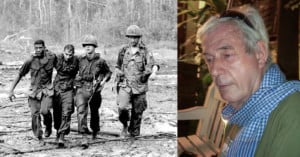
Famous Vietnam War photographer Tim Page died yesterday at age 78 in his home in Australia.
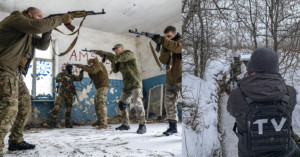
With at least 32 journalists having been killed in Russia's ongoing war on Ukraine, veteran photojournalist Timothy Fadek is sharing practical advice for other photographers on how to stay safe while covering the conflict.
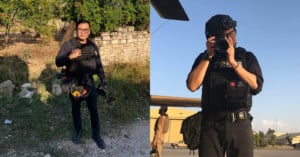
Los Angeles Times roving foreign correspondent and photojournalist Marcus Yam was recently awarded the 2022 Pulitzer Prize in Breaking News Photography "for raw and urgent images of the U.S. departure from Afghanistan that capture the human cost of the historic change in the country."
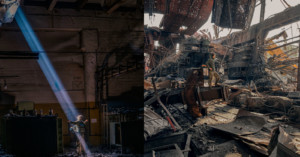
Dmytro Kozatsky, an Azov Regiment fighter and photographer, has shared the pictures he took during the last days of the siege of Mariupol before it was captured by the Russians.
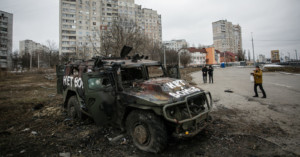
On February 24th, 2022, Russian President Vladimir Putin launched an all-out invasion of its neighboring country Ukraine following years of escalating conflict and failed diplomacy since 2014. The world has watched as ordinary Ukrainians have taken up arms to join soldiers in the defense of their nation.
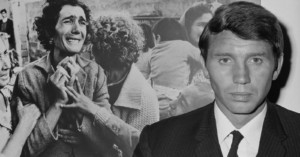
Angelina Jolie is set to direct a biopic of Don McCullin, a British photojournalist who is one of the most well-known photographers of war and urban strife. Tom Hardy will portray the photographer and McCullin is actively involved in its production as executive producer.
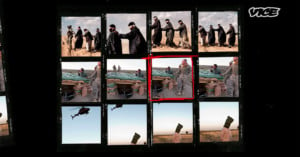
Guardian photojournalist Sean Smith recently sat down with VICE to talk over three of the most powerful images that he captured during his time documenting the war in Iraq and Afghanistan, including one photo that turned out to be more important than he could have imagined.
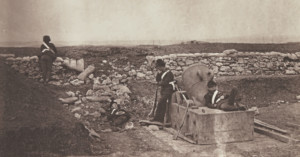
Sotheby's has announced the contents of its upcoming Spring photography auction, and it's quite the lineup. The April 3rd auction will include photos by Dorothea Lange, Irving Penn, Ansel Adams, Edward Weston and a salt print by Roger Fenton that's thought to be one of the earliest war photographs ever made.
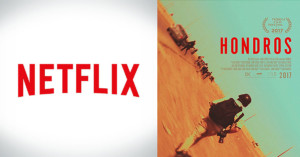
Netflix has bought the worldwide streaming rights to Hondros, a documentary film about the late war photographer Chris Hondros.
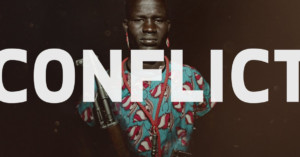
Want to see what it's like to tiptoe between life and death as a war photographer? Watch Conflict, a 6-episode miniseries that provides a no-holds-barred look at photography in conflict zones. Netflix just picked up the show, but you can also watch it for free online.
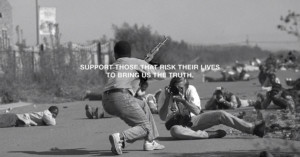
Reporters Without Borders just released this new video, titled "War Reporters," as part of a new campaign to raise awareness and support for conflict photographers.
"Without independent reporters, war would just be a nice show," the video says. "Support those that risk their lives to bring us the truth."
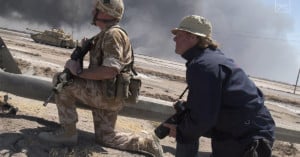
Here’s a 3.5-minute video by Seeker Stories that explores how photography has affected …
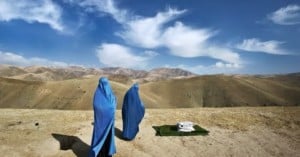
Conflict photographer Lynsey Addario has gotten quite a bit of attention lately after publishing a memoir about …

If you're a fan of both photography and major Hollywood movies, there's an upcoming film to add to your "must watch" list. Steven Spielberg has signed on to direct a war photographer biopic with actress Jennifer Lawrence as photojournalist Lynsey Addario.
The film will be based on Addario's new memoir It's What I Do: A Photographer's Life of Love and War.
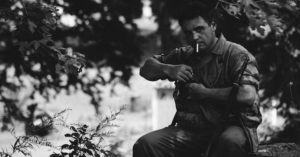
Conflict photography is typically a dangerous, traumatizing and, at least in part, heroic profession that puts you in the line of fire with only a camera as a weapon.
But as Penn State grad and former Onward State photographer Mitchell Wilston recently demonstrated to great effect, you don't need to put yourself in harm's way to capture the kinds of gritty, black-and-white conflict photography that has become iconic through the ages.
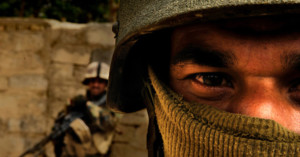
Between the ages of 21 and 27, military photographer Stacy Pearsall captured over 500,000 images across 41 different countries. She is the first woman ever to win the Military Photographer of the Year twice, “giving the boys a run for their money.”
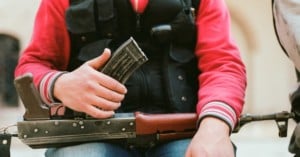
It’s cold. The air is stinging my ears and my hands are numb. I pull back on my gloves and resume huddling in the conner of the courtyard. It’s December in Aleppo and the air is bitter, but the overwhelming sense of dread comes not from the cold, but from overhead. Early morning, midday, through the night; the aerial bombardment doesn’t stop. The sound of a jet buzzing overhead and those terrible trails of white streaming from the underbelly as missiles launch. Distant blasts and then closer ones. Mortar strikes as well. Silence and then an explosion.
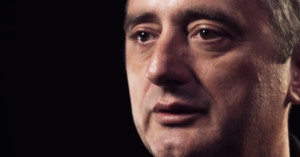
Photojournalism can be a dangerous profession, especially for those photojournalists who are drawn to conflict photography. Once such photojournalist is Reuters photographer Goran Tomasevic, who has been putting his life on the line in war zones for over 20 years.
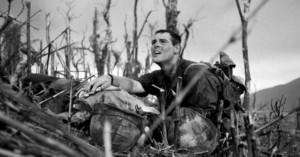
Conflict photographers like Michael Kamber and Louie Palu have spent years covering the conflicts in Iraq and Afghanistan. They've lost friends, been very nearly killed themselves, and come back with incredible (and sometimes hard to stomach) photos.
Both of their work is currently on display alongside many of their peers' at the Corcoran Gallery of Art in Washington DC, and in the short video above, they share the stories behind some of their most moving imagery. (Note: the above video contains some strong imagery)
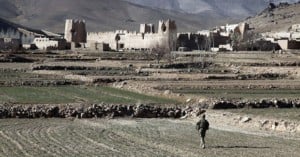
Being a photojournalist in a war zone is a dangerous job. In addition to the physical hazards of combat photography, there's always the possibility that you will be kidnapped and taken hostage by insurgents.
Back in August of 2011, Australian freelancer Tracey Shelton had her gear stolen even as she barely managed to evade kidnappers in Libya. Unfortunately, 29-year-old French photojournalist Pierre Borghi wasn't as lucky.
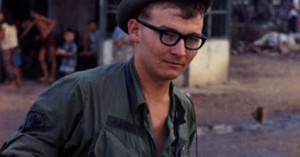
In October of 1967, at the age of 24, Charlie Haughey received a draft notice from the US Army notifying him that he would be spending a tour of duty in Vietnam as a rifleman. A couple of months after he arrived, his commanding officer put a camera in his hands and asked him to start taking pictures for Army and US newspapers. His only instructions: "You are not a combat photographer. This is a morale operation ... "
Haughey brought back nearly 2,000 negatives from Vietnam, shot between March 1968 and May 1969, none of which ever saw the light of day until very recently.
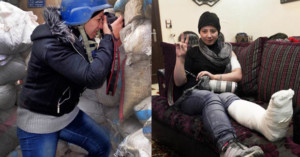
NPR has published a fascinating piece about 25-year-old young Syrian woman named Noor Kelze who has been working the front lines of the Syrian conflict as a conflict photographer for Reuters.
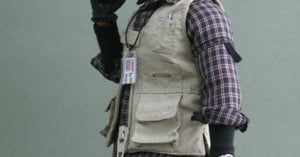
Behold, the coolest photography-related toy we've seen so far this year: War Journalist: Battlefield Hero. It's a 1/6-scale Toymaster-brand action figure that lets kids play make believe with their very own conflict photographer!